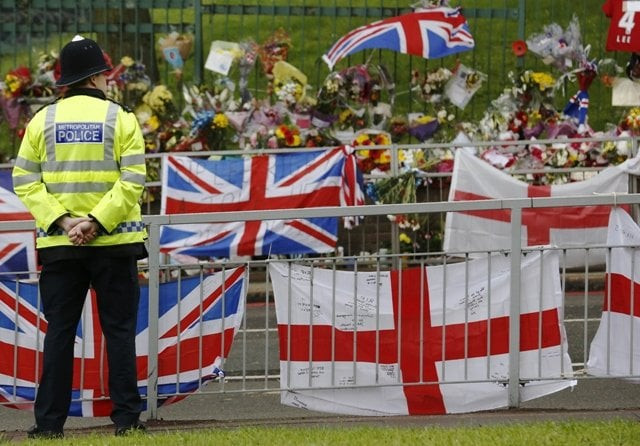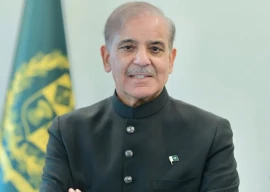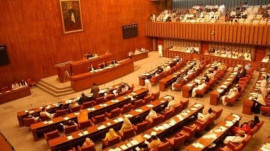
In Britain, the fight against online cyber extremism has become a key priority as the Strategic Defence and Security Review in 2010 highlighted. Moreover, the home secretary Theresa May recently told the BBC’s Andrew Marr show on Sunday that a new workforce would be set up to examine online cyber extremism because as in her words ‘cyber jihad’ was the ‘new’ threat the UK faced.
Not just Woolwich
Indeed, the case of people being radicalised via the internet is not limited to Woolwich, as the case of Roshonara Choudhry showed. She stabbed the MP Stephen Timms in 2010 and admitted in her trial that she had been radicalised by the online sermons of the now deceased Anwar al Alawki.
Furthermore, the three men convicted of terrorism related offences in Birmingham in February 2013 showed how easily people can be radicalised through the internet by extremist websites and online preachers of ‘hate’. For example, evidence in the trial of the three men from Birmingham showed that they were frequent visitors to online extremist sites where they were listening to hate lectures and sermons.
This type of radicalisation has allowed preachers of hate to use the internet to groom and radicalise young men like Michael Adebolajo to commit acts of violence and terrorism. Therefore, examples of those who have been radicalised via the internet are not limited and isolated to the Woolwich case and include cases such as David Copeland, who used online material to make nail bombs.
Perilous forums
Recruiters are increasingly using websites, online chat rooms and cyber cafes, as a means to enlist the support from the most weak and vulnerable; namely young people. These chat rooms help build and maintain ideological partnerships and act as a recruitment model for radicalising the youth. The recent events in the Middle East show the murky lines between participation in social media and physical demonstrations.
A safe haven for terrorists
Thus, the internet has become a safe haven for many terrorists and ‘hate’ preachers who can remain anonymous, do not need to directly enter the UK to radicalise young people. For example, the online terrorist Younis Tsouli, who used the name Irhaby (terrorist) 007 to hide his details, ran sophisticated extremist material online, promoting the cause for terrorist groups like al Qaeda and creating terrorist cells at great distances, such as Pakistan, Canada and France. In 2007, he was convicted in the UK for inciting terror through the use of the internet.
Al Qaeda’s most prominent media arm, the As-Sahab Institute for Media Productions, has had a leading role in recruitment of a wider audience. Alongside its online magazine Inspire, As-Sahab releases more than 58 videos every six days according to the Intel Centre.
The need for action
What we know from the case of Woolwich, Roshonara Choudhry, the Birmingham 3 and others, is that young people are now going on the internet to find answers to questions they cannot dare to ask in mosques. The internet allows them that space to air their grievances, particularly those related to foreign policy, and provides extremist preachers the opportunity to spread their online message of hate. The UK government must do more to tackle online extremism. Otherwise more cases like Woolwich may arise.
Published in The Express Tribune, June 3rd, 2013.


















COMMENTS
Comments are moderated and generally will be posted if they are on-topic and not abusive.
For more information, please see our Comments FAQ